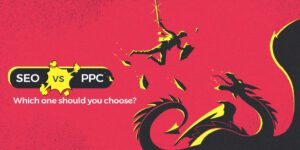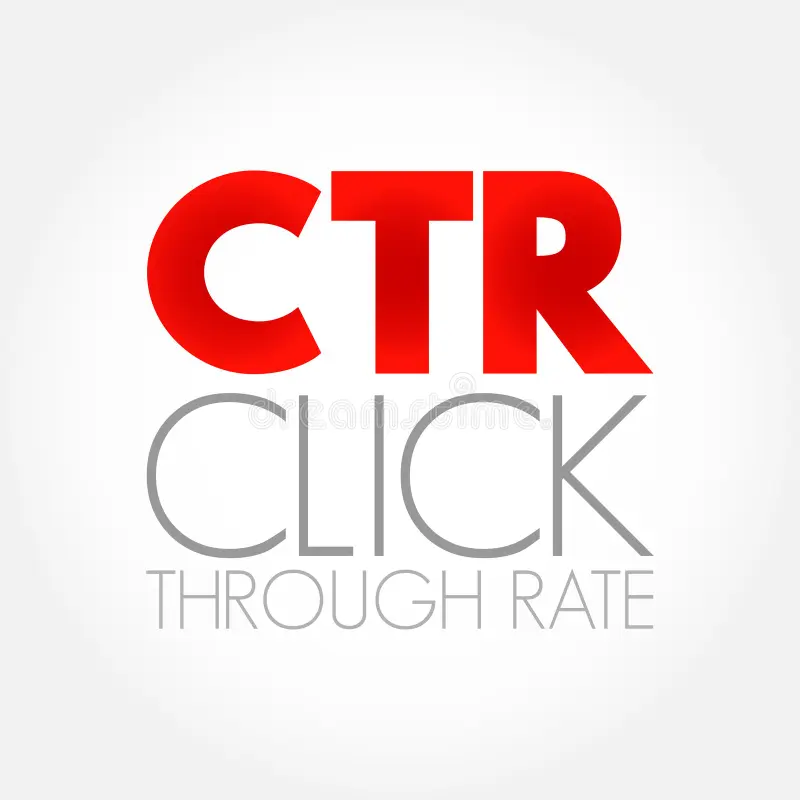In the digital landscape dominated by search engines, businesses strive to attract and convert potential customers effectively. Two key strategies for achieving this are Search Engine Optimization (SEO) and Pay-Per-Click (PPC) advertising. Both methods aim to increase online visibility, drive traffic to websites, and ultimately boost conversions. Understanding the differences, benefits, and applications of SEO and PPC is crucial for businesses aiming to succeed in today’s competitive market.

What is SEO?
Search Engine Optimization (SEO) refers to the practice of optimizing web pages and content to rank higher in organic (non-paid) search engine results. The primary goal of SEO is to attract relevant traffic from search engines like Google, Bing, and Yahoo. SEO encompasses various techniques, including keyword research, on-page optimization, link building, and content creation.
Key Elements of SEO:
- Keyword Research: Identifying high-volume keywords relevant to your business and target audience.
- On-Page Optimization: Optimizing web pages with relevant keywords, meta tags, headings, and image alt text.
- Content Marketing: Creating high-quality, informative content that resonates with your audience and encourages engagement.
- Link Building: Acquiring backlinks from reputable websites to enhance authority and credibility.
Advantages of SEO:
- Cost-Effective: Organic search traffic is free, making SEO a long-term investment with potentially high ROI.
- Sustainability: Once established, SEO efforts can continue to drive traffic and leads over time with minimal ongoing costs.
- Trust and Credibility: Higher organic rankings often imply trustworthiness and credibility to users.
What is PPC?
Pay-Per-Click (PPC) advertising is a model where advertisers pay a fee each time their ad is clicked. Unlike SEO, PPC ads appear at the top of search engine results pages (SERPs) and are marked as ‘Ad’ or ‘Sponsored’. This model allows businesses to bid on keywords relevant to their target audience and compete for ad placement.
Key Elements of PPC:
- Keyword Bidding: Selecting relevant keywords and bidding on them to display ads in search results.
- Ad Creation: Crafting compelling ad copy with a clear call-to-action (CTA) to attract clicks.
- Targeting: Narrowing down the audience based on demographics, location, interests, and behavior.
- Budget Management: Setting daily or campaign-specific budgets to control spending.
Advantages of PPC:
- Immediate Results: PPC campaigns can generate instant traffic and visibility, making it ideal for promoting time-sensitive offers or events.
- Targeted Advertising: Precisely target specific demographics and user segments based on search intent and behavior.
- Measurable ROI: Track and measure campaign performance with detailed analytics and conversion tracking tools.
SEO vs. PPC: Choosing the Right Strategy
- Cost Considerations: SEO generally requires upfront investment in time and resources but offers sustainable, long-term results. PPC, on the other hand, involves immediate costs per click but provides instant visibility and control over spending.
- Timeframe: SEO is a gradual process that may take weeks or months to see significant results, depending on competition and algorithm changes. PPC delivers immediate visibility and traffic as soon as campaigns are launched.
- Traffic Source: SEO drives organic traffic from search engines, leveraging content and authority to attract visitors. PPC generates paid traffic directly from ads displayed on SERPs, focusing on targeted keywords and audience segments.
- Objective Alignment: Choose SEO for long-term brand visibility, authority building, and sustainable traffic growth. Opt for PPC to achieve immediate visibility, promote specific products or services, and drive conversions quickly.
What we Learned so far…
In conclusion, both SEO and PPC are powerful digital marketing strategies with distinct advantages and applications. Understanding the nuances of each method and aligning them with business objectives is essential for maximizing online visibility, engagement, and ultimately, conversion rates. By leveraging the strengths of SEO and PPC effectively, businesses can establish a robust online presence, attract qualified traffic, and achieve sustainable growth in the competitive digital landscape


